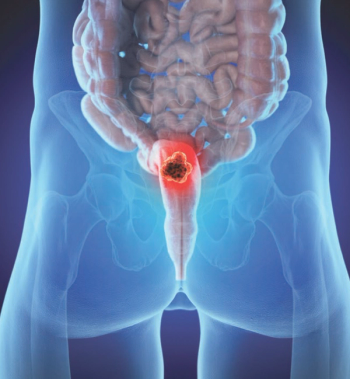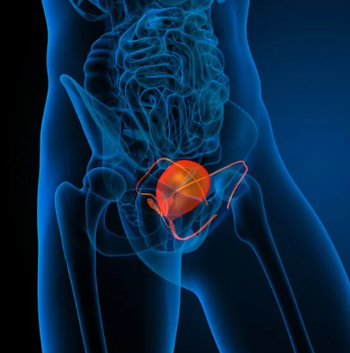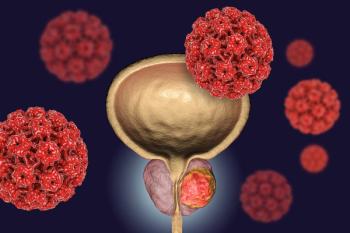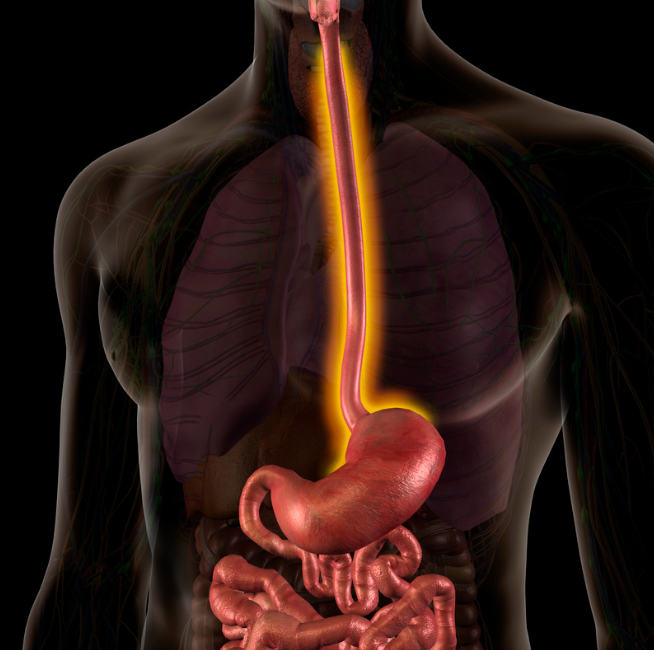
Radiation Oncology
Latest News
Latest Videos

More News

ACRO's Accreditation Program has completed and passed its annual surveillance by the International Standards Organization.

Phase 3 data affirm the use of partial-breast intensity-modulated radiotherapy as a standard of care in patients with low-risk early-stage breast cancer.

Updated guidelines from ASTRO recommend various radiation therapy techniques for patients with WHO grade 4 adult-type diffuse glioma.
![No tracer-related adverse effects were observed in the study, with [18F]AIF-NOTA-PCP2 showing acceptable dosimetry in patients with head and neck cancers.](https://cdn.sanity.io/images/0vv8moc6/cancernetwork/566910aff802a39d5d1afef401d33f429392d845-1200x886.jpg?w=350&fit=crop&auto=format)
No tracer-related adverse effects were observed in the study, with [18F]AIF-NOTA-PCP2 showing acceptable dosimetry in patients with head and neck cancers.

Data support incorporating volumetric PET biomarkers into toxicity risk prediction for patients receiving CAR T-cell therapy for LBCL.

Compared with 18F-FDG, the use of 68Ga-NODAGA-LM3 appears to favor bone and brain lesion detection among patients with small cell lung cancer.

Stereotactic online adaptive magnetic resonance–guided radiation therapy was well tolerated and maintained stable QOL in patients with PDAC for up to 1 year.

Retrospective analysis at SNMMI 2025 revealed α-FRT with 225AC-3BP-3940 was well tolerated and elicited responses in pretreated metastatic breast cancer.

Use of PET-guided radiotherapy may enable the opportunity to incorporate biological information into the planning and delivery of radiation.

The use of 68Ga pentixafor complements fluorodeoxyglucose and had no correlation with CXCR4 immunohistochemistry.
![A retrospective study shows that [177Lu]Lu-PSMA-617 retreatment led to a median OS of 14.5 months in castration-resistant prostate cancer.](https://cdn.sanity.io/images/0vv8moc6/cancernetwork/f5ef402e3456a83ca4765506f26761d323734d14-446x339.jpg?w=350&fit=crop&auto=format)
Results from a retrospective study show that 177Lu-PSMA-617 retreatment led to a median OS of 14.5 months in castration-resistant prostate cancer.

A phase 2 trial demonstrated a median overall survival of 43.5 months at 60 Gy compared with 22.5 months at 45 Gy in patients with limited-stage SCLC.

The addition of olanzapine to antiemetics might alleviate insomnia, appetite loss, anxiety, and depression in those receiving concurrent chemoradiation.

For patients with unresectable vulvar cancer, an improved ORR was observed with pembrolizumab plus cisplatin and RT followed by maintenance pembrolizumab.

Results from the ShorTrip trial found that SCRT plus chemotherapy regimens showed promising efficacy for patients with locally advanced rectal cancer.

SBRT did not significantly impact response when added to nivolumab/ipilimumab for patients with mCRPC.

Full results from the phase 3 trial supporting CAN-2409 plus valacyclovir and radiation therapy in this indication will be presented at the 2025 ASCO Annual Meeting.

A 6-year analysis of the phase 3 STELLAR trial did not find any significant differences between total neoadjuvant treatment and concurrent chemoradiation in rectal cancer.

Intensity-modulated radiotherapy increased some lower-grade toxicities vs 3D conformal radiotherapy in patients with locally advanced rectal cancer.

Among patients with rectal cancer who underwent total mesorectal excision following SCRT plus camrelizumab and chemotherapy, the 3-year OS rate was 93.3%.

Prostate-specific membrane antigen PET imaging has completely altered the landscape of prostate cancer detection and management. Read as several experts discuss the trajectory and growth of these agents.

Decipher Prostate, Oncotype DX, and Prolaris are 3 gene expression testing options for patients with prostate cancers. Read as experts discuss them.



























































































